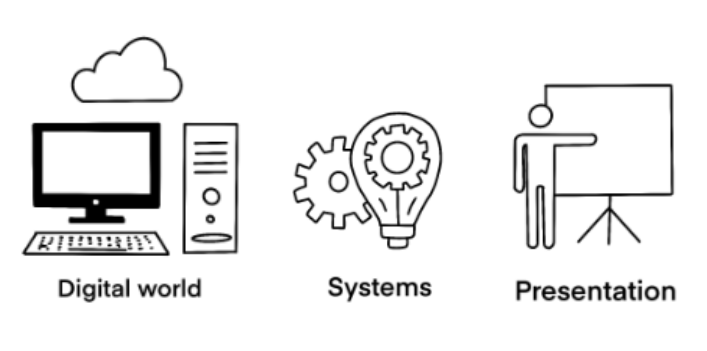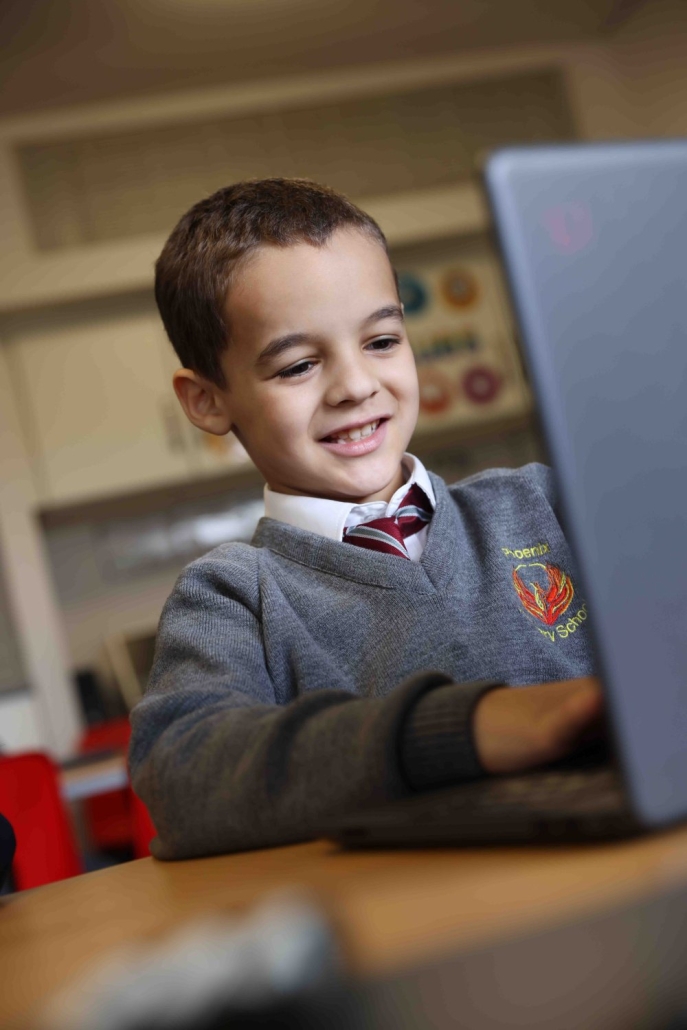Computing
EYFS
Children are given access to a range of technology within the Early Years environment. Teachers ensure that children receive opportunities to embed the use of technology across the different topics, allowing children to explore how technology can be used in the world and also how technology can be used creatively. They learn about how sensible amounts of screen contribute to their overall health and well-being.
KS1 & KS2 Curriculum
Children in KS1 and KS2 are taught by a specialist teacher for part of the Computing Curriculum. They also have many opportunities to apply their computing knowledge across many different subject areas, as well as discrete learning opportunities. This includes topic work but also relevant links in maths and science are made to support the learning within these subject areas to deliver computing learning beyond that of the National Curriculum. The Computing Curriculum is centered on the concepts of Presentation, Systems and the Digital World.


| Computer Science – Taught by a Specialist Teacher | Information Technology – Included in Topic Based Learning | Digital Literacy – Included in Topic Based Learning | |
| KS1 | -Understand what algorithms are; how they are implemented as programs on digital devices; and that programs execute by following precise and unambiguous instructions -Create and debug simple programs -Use logical reasoning to predict the behaviour of simple programs | -Use technology purposefully to create, organise, store, manipulate and retrieve digital content | -Recognise common uses of information technology beyond school -Use technology safely and respectfully, keeping personal information private; identify where to go for help and support when they have concerns about content or contact on the internet or other online technologies. |
| KS2 | -Design, write and debug programs that accomplish specific goals, including controlling or simulating physical systems; solve problems by decomposing them into smaller parts -Use sequence, selection, and repetition in programs; work with variables and various forms of input and output Use logical reasoning to explain how some simple algorithms work and to detect and correct errors in algorithms and programs -Understand computer networks including the internet; how they can provide multiple services, such as the world wide web; and the opportunities they offer for communication and collaboration | -Use search technologies effectively, appreciate how results are selected and ranked, and be discerning in evaluating digital content -Select, use and combine a variety of software (including internet services) on a range of digital devices to design and create a range of programs, systems and content that accomplish given goals, including collecting, analysing, evaluating and presenting data and information | -Use technology safely, respectfully and responsibly; recognise acceptable/unacceptable behaviour; identify a range of ways to report concerns about content and contact. |

